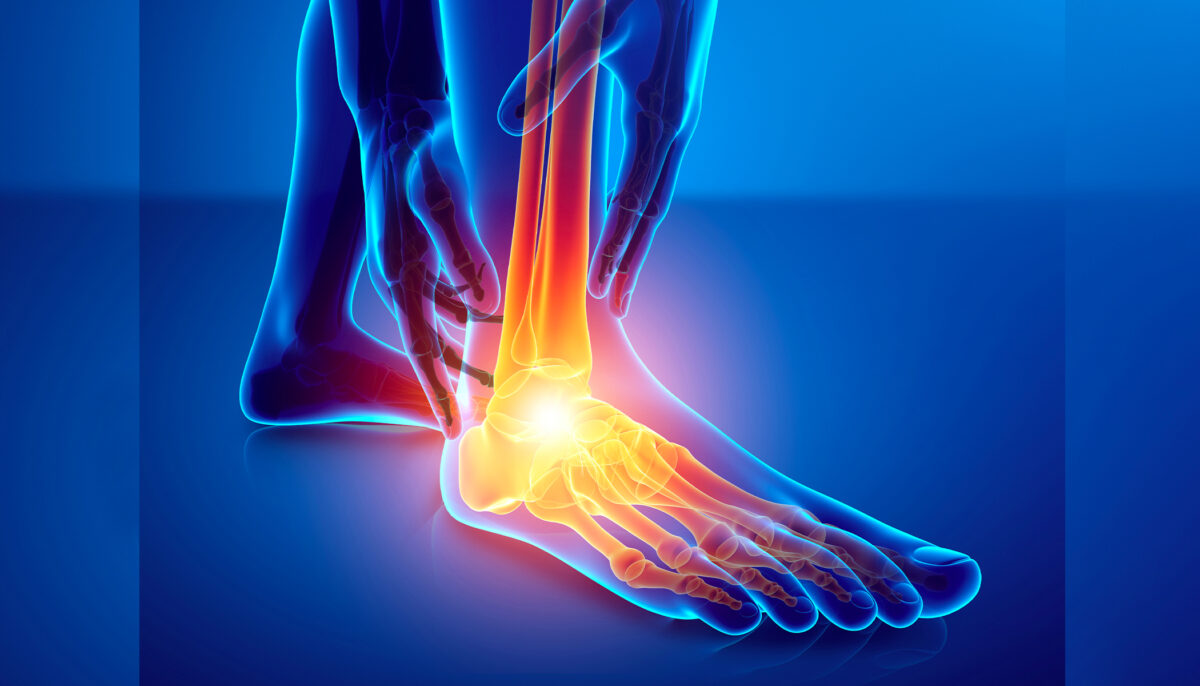Millions of Americans spend a lot of time on their feet in their day-to-day lives. While minor aches and pains often call for nothing more extreme than a foot rub or a hot bath, there are some signs of discomfort that should never be ignored.
Here are seven of the most common causes of foot pain to be aware of. Arm yourself with the knowledge to differentiate between the aching of tired feet and the pain of more serious conditions, and help keep your feet as healthy as can be.
1. Osteoarthritis
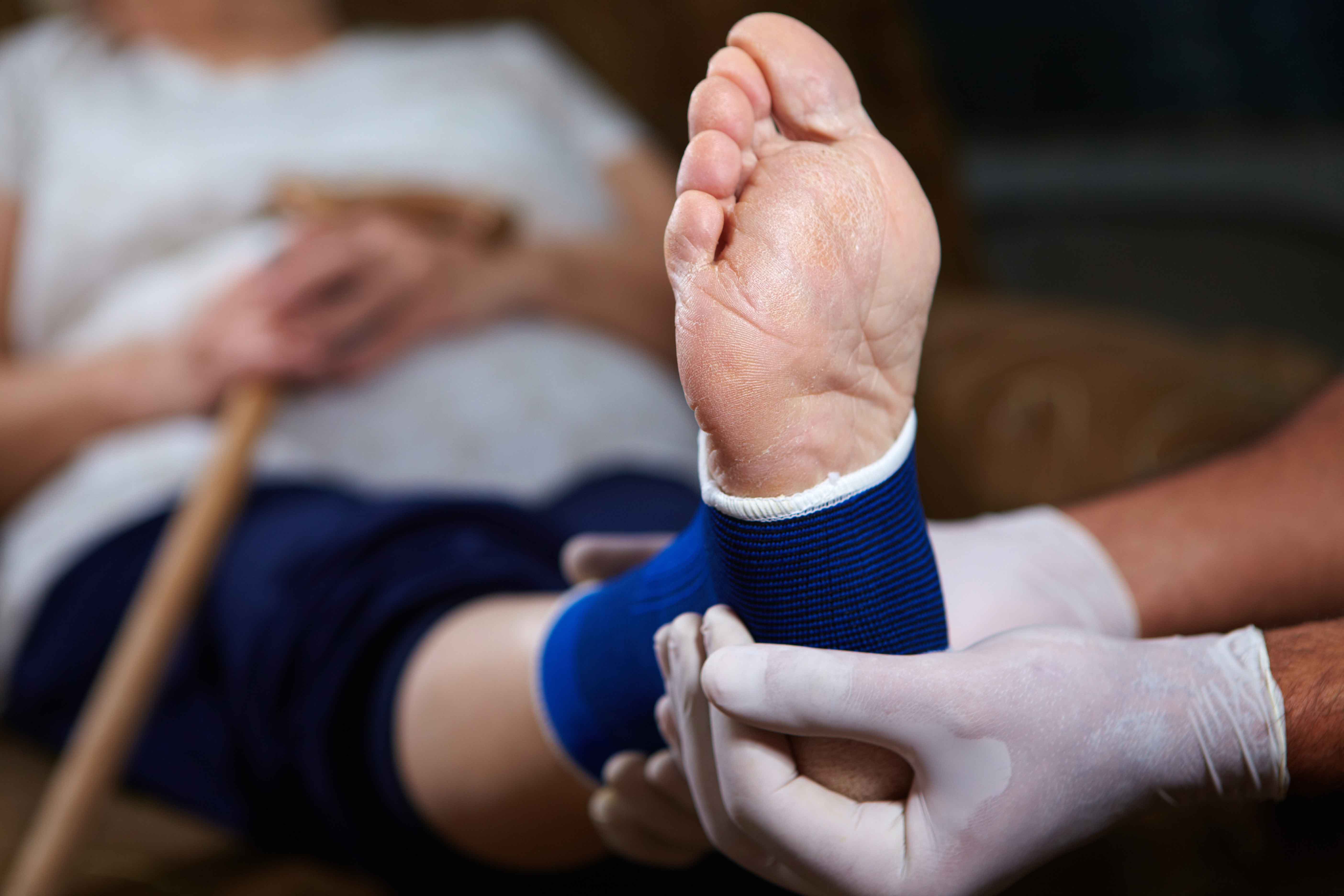
Where is the pain? Chronic, diffuse pain, and stiffness across the whole foot.
What is it? Most commonly experienced by older adults and the elderly, pain and stiffness in the feet can indicate osteoarthritis. The tissues in the joints of the feet and toes experience degradation over time, which can cause chronic discomfort; physician-supervised exercise and weight management may help slow the progression of this condition.
2. Rheumatoid Arthritis
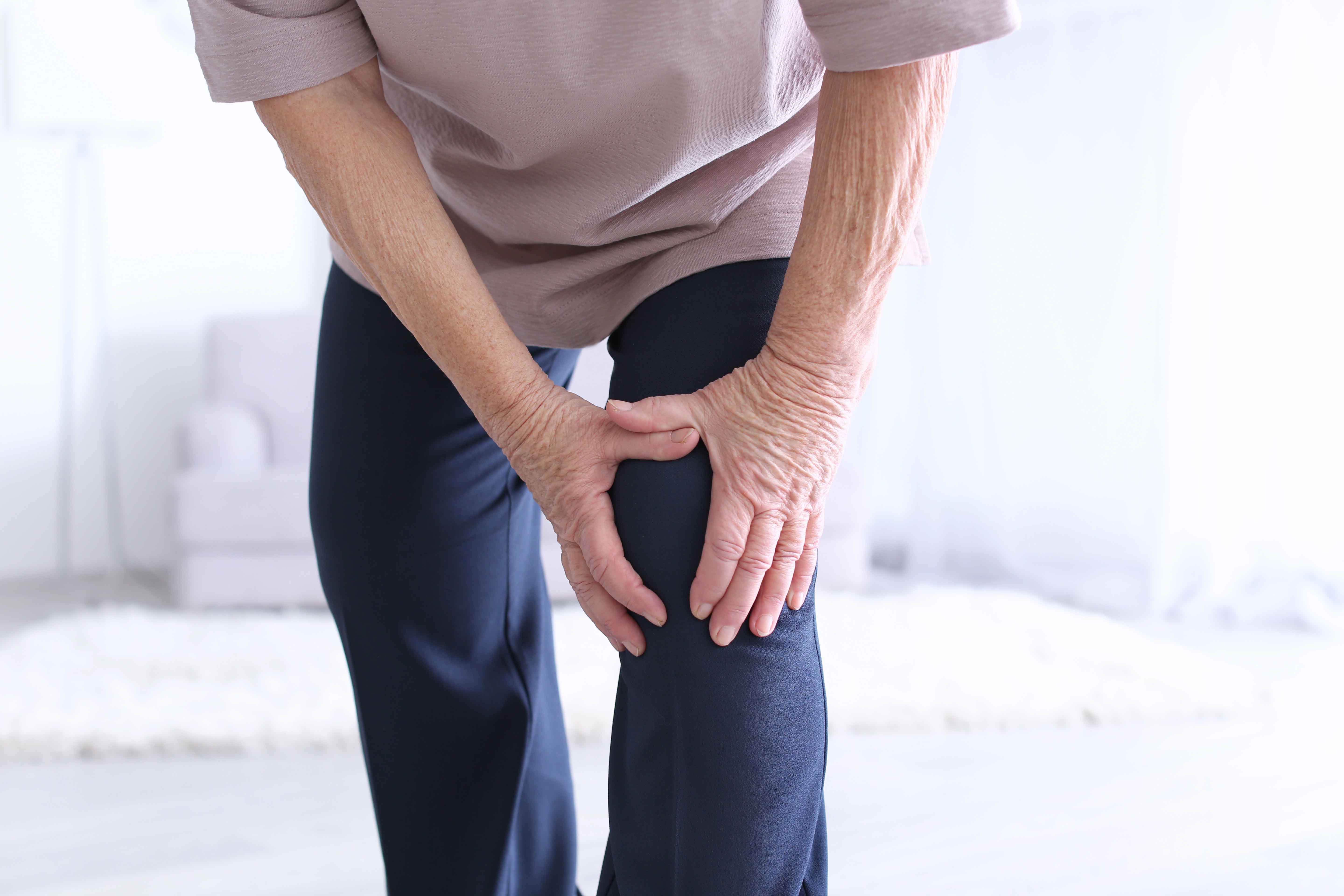
Where is the pain? Visible swelling and inflammation of the joints, which may cause aching, pain, and stiffness.
What is it? Rheumatoid arthritis is a chronic, autoimmune inflammatory disorder. It can affect multiple body systems, including the feet, and can sometimes result in joint deformity. According to Mayo Clinic, it can be felt most profoundly in the mornings and after periods of inactivity.
3. Achilles Tendinopathy
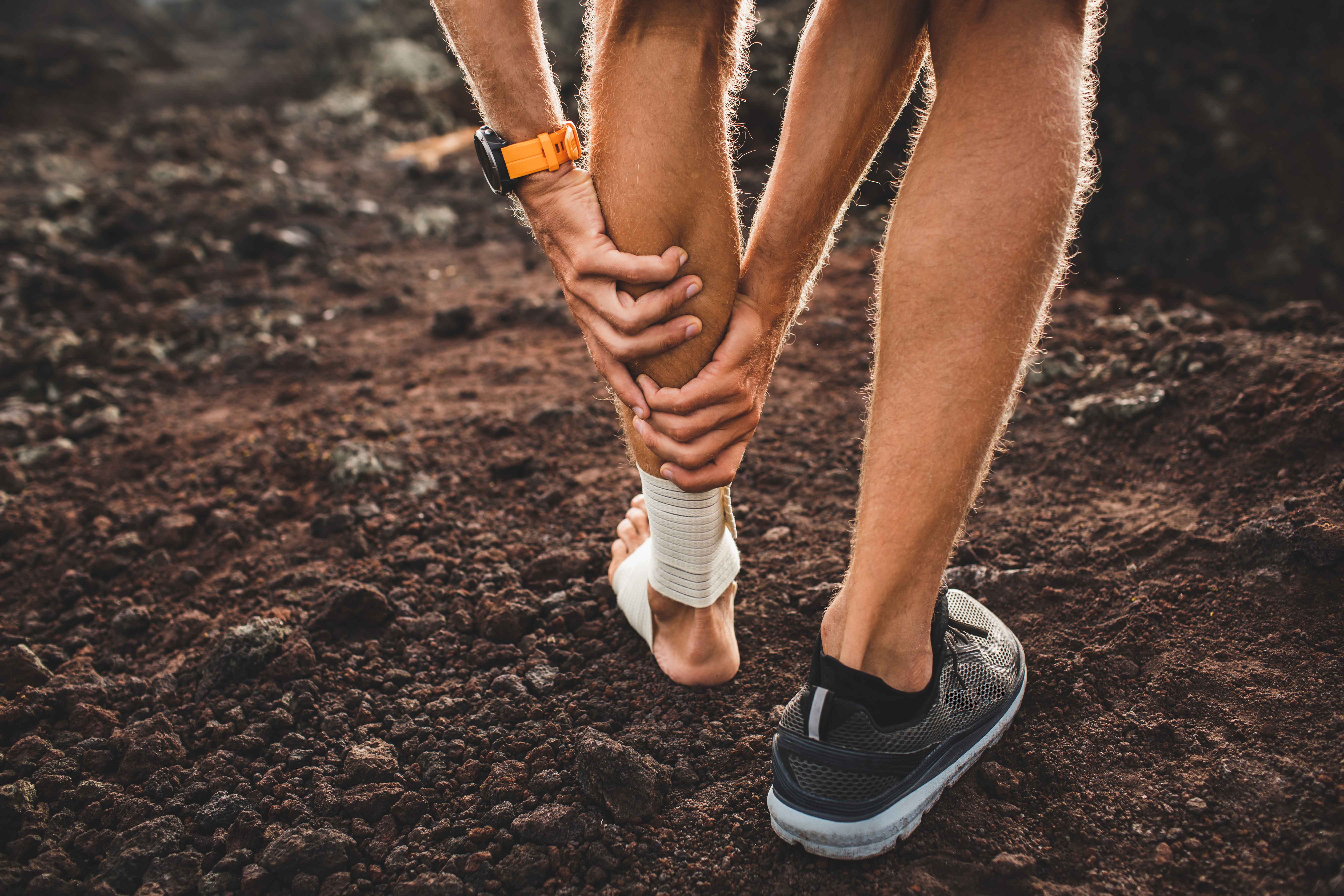
Where is the pain? Pain in the heel; swelling, stiffness, or weakness where the lower leg connects to the heel.
What is it? Achilles tendinopathy is a non-inflammatory heel pain that originates in the Achilles tendon as a result of injury or overuse. According to Bupa, the pain can be intermittent and should be responsive to rest, stretching, and physiotherapy.
4. Plantar Fasciitis
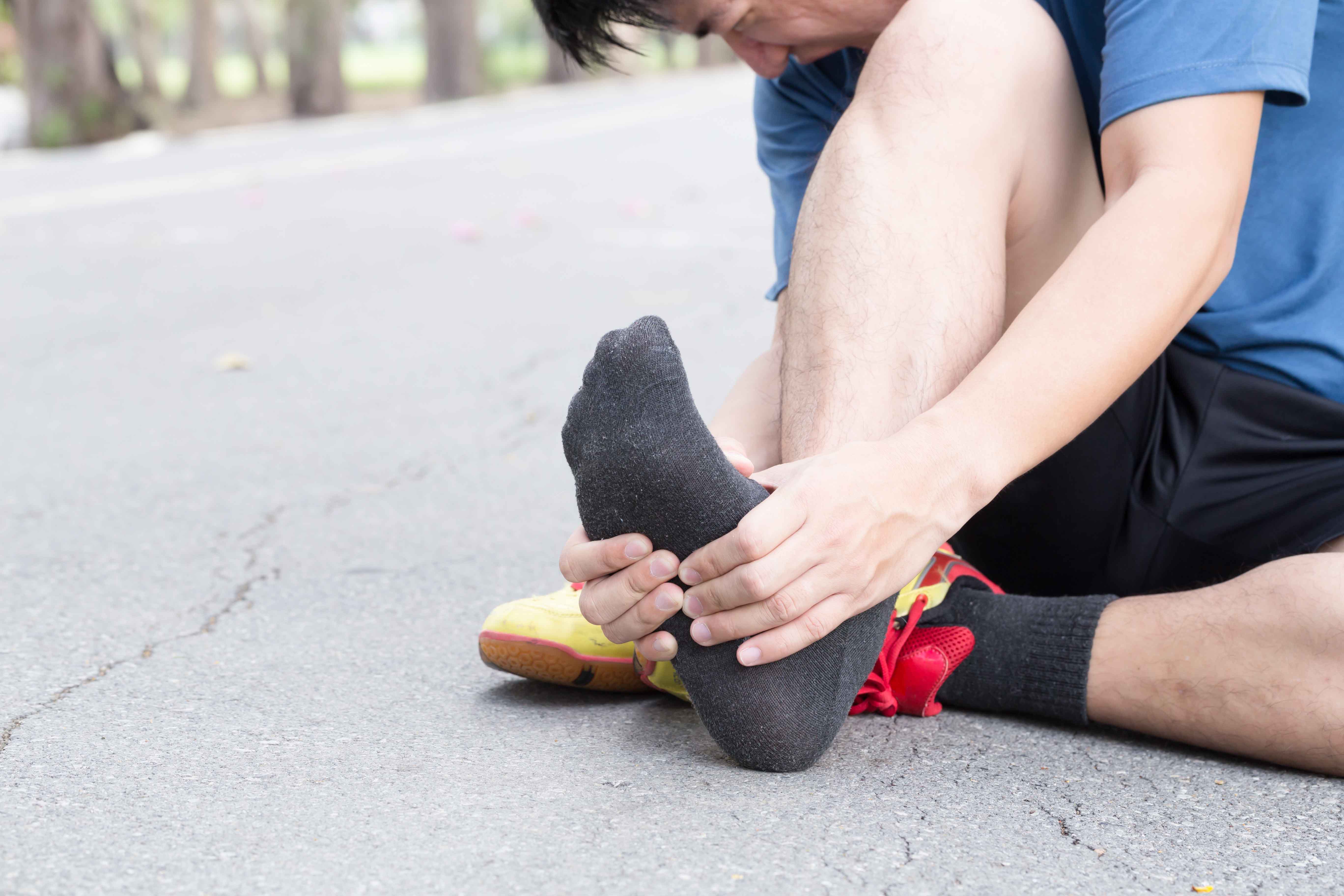
Where is the pain? Sharp, stabbing pain in the sole of the foot near the heel.
What is it? Plantar fascia tissue runs across the bottom of the foot, connecting the toes to the heel bone. Painful inflammation known as plantar fasciitis can occur if the heel has to endure the stress or tension associated with running on concrete or wearing high-heeled shoes. It is one of the most common athletic injuries of the foot.
5. Morton’s Neuroma

Where is the pain? Stinging or numbness in the toes; sometimes a burning pain in the ball of the foot.
What is it? Morton’s neuroma is more common in women than men. It can be caused by wearing narrow, high-heeled shoes that compress the feet, and can cause an enlargement of the tissue around the nerves between the toes.
6. Stress Fracture
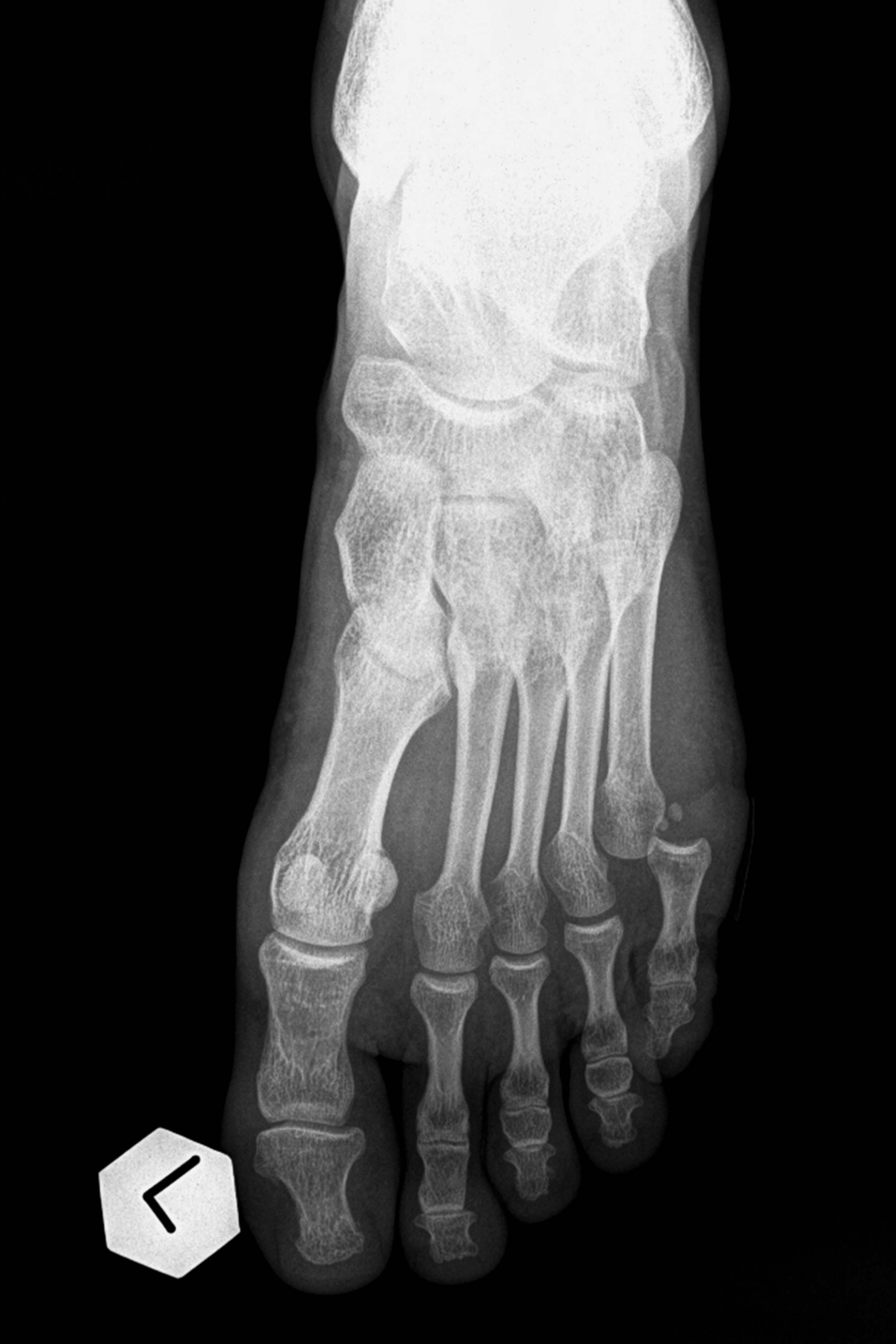
Where is the pain? Generalized pain on the top of the foot that may spread, worsen, or cause swelling.
What is it? A stress fracture can occur when the foot is exposed to increased stress as a result of a new or intense physical activity. The fracture could go undetected until the pain becomes intense; it is particularly important to take notice of foot pain in the case of a stress fracture. Rest, and perhaps a walking aid such as crutches, will be necessary for the fracture to heal.
7. Peripheral Neuropathy

Where is the pain? Stabbing or burning pain that may be accompanied by numbness in the feet or hands.
What is it? Peripheral neuropathy indicates damage to the nerves outside of the brain and spinal cord. The condition is most commonly a symptom of diabetes in older patients but can have numerous underlying causes. As per Mayo Clinic, medication can help, and patients may experience relief if their symptoms are caused by a treatable underlying condition.
According to the American Podiatric Medical Association, in a 2014 survey of 1,000 U.S. adults, 77 percent had experienced problems with their feet. Eighty-three percent of those adults were restricted in their daily activities as a result.
Only 2 in 10 Americans surveyed admitted thinking about the health of their feet regularly, a figure that hasn’t changed since 2010. There has never been a better time for adults to equip themselves with the knowledge to recognize pain and take care of the feet that keep them active and mobile.
Healthy feet make for a happier and better quality of life.
What topics would you like to read about? Please let us know at health@epochtimes.nyc











































